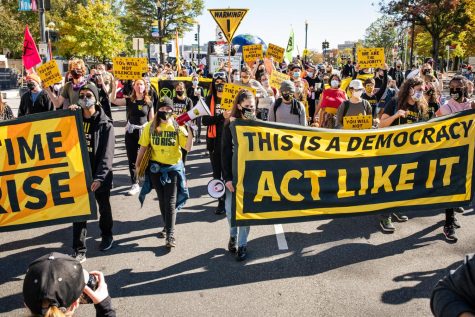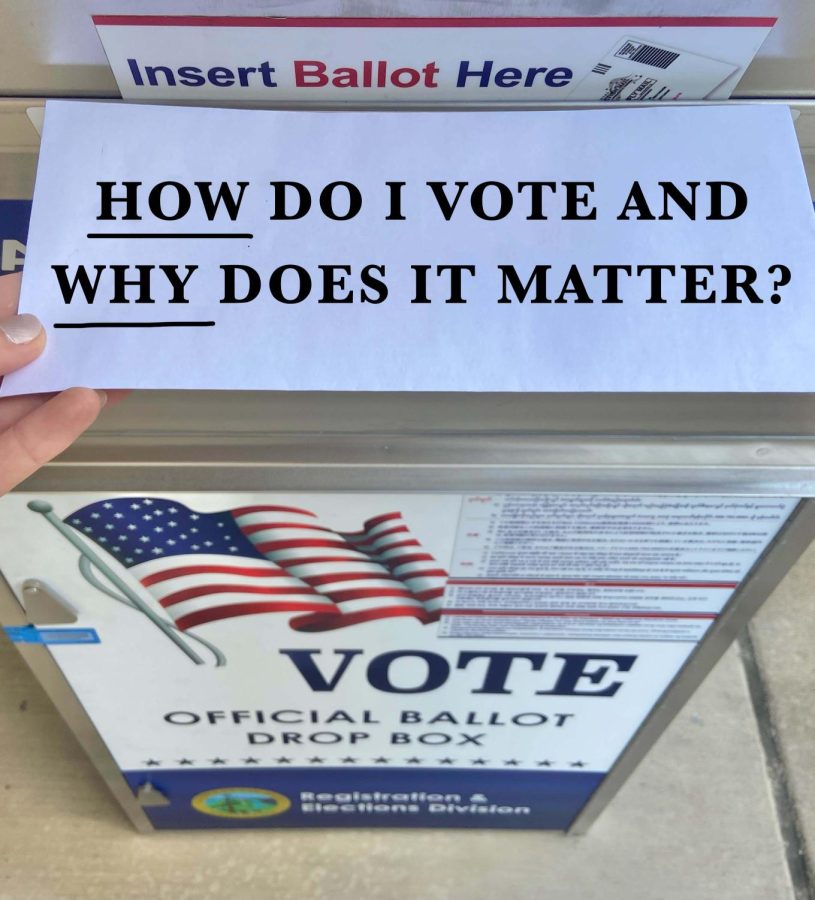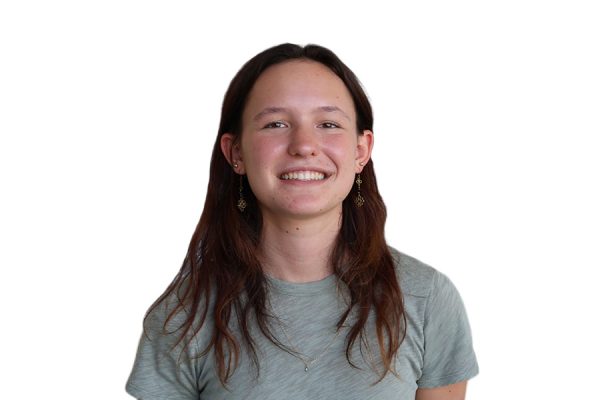According to The Council on Foreign Relations (CFR), the U.S. saw record voter turnout in the 2020 presidential election, with 66.7% of eligible voters participating, or 159 million people. However, the questions of people in the U.S. that year that did not or could not cast their vote—about 80 million people—are still left unanswered.
In California, voting is made easy and accessible for most, with several different voting methods, partly due to the California Voter’s Choice Act (VCA). Citizens can vote by mail, vote early in person, or vote at the polls on election day.
Despite California’s modern voting reforms, many factors prevent people all around the U.S. from casting their votes and making their voices heard.
Access barriers are a common cause of low voter turnout. They make it difficult for citizens, specifically those of marginalized communities, to access information and the right to vote. One common barrier is the requirement for government-issued photo identification (ID), the most common one being a driver’s license. To obtain a driver’s license, someone typically has to live near a Department of Motor Vehicles (DMV), need a car, and have the money for a car. Many Hispanic and African-American communities are historically economically disadvantaged and do not have incomes reliable enough to buy a vehicle. Therefore, individuals in these communities are less likely to have a photo ID like a driver’s license. This barrier also impacts the elderly and youth who do not have any form of photo ID, as they may not have a driver’s license due to low accessibility and a low necessity for one. As a result, in the 35 states requiring or requesting a photo ID for voting, individuals that cannot acquire one must find a way around these laws for their vote to be counted.
According to Valencia Richardson, the equal justice works fellow for Campaign Legal Center, these access barriers are rooted in the institutionalized prejudice in this country.

“There is a history in this country of discrimination; voting barriers for folks of color, for poor people, for young people especially, and for marginalized groups in particular […] One problem would be that some of our most marginalized communities simply don’t always have the capacity to pressure their local officials to support the right to vote,” Richardson said.
Regardless of how strict or sparing these access barriers are, they could also impact voter turnout just because they are complicated by nature.
“The harder you make it and the more information that’s required of folks to understand it, the less likely they’re going to have access [to voting],” Richardson said.
For easier and more accessible voting, registration deadlines can be looser and more concise, and same-day registration could be made available for states that do not have it already, according to Richardson.
Spreading information about voting is another key feature in increasing turnout. According to Mark Church, San Mateo County’s Assessor-County Clerk-Recorder and Chief Elections Officer, this is especially important to individuals who may have a greater struggle getting access to knowledge.
“The greater the access underprivileged communities have to important information relating to the election, the greater the turnout will be,” Church said.
Eligible voters also may not cast a ballot because they are falling short in access to information about elections and candidates as a whole. Teens, adults, and marginalized communities have low access to information for different reasons. Nonetheless, all gaps in information alike, regardless of where they come from, stand as a threat to democracy.
“We are a government by the people, for the people, and that is just the foundation of democracy. And if we want to further any of the issues that we care about, we have to live in a democratic society that’s open for debate and that where everyone’s voices are heard equally,” Richardson said.
Voting is an outlet for privileged communities to aid underprivileged communities. By fighting for racially and socioeconomically just laws and removing barriers, marginalized communities can use their voice to fight for what they believe in.
“The right to vote is the sort of like ground zero or step zero to everything else you care about. And so if you don’t have access to it, it’s going to really be hard for you to have access to pushing change in every other issue,” Richardson said.
According to the U.S. Census Bureau, 51.4% of people 18-24 years of age reported voting in the 2020 election. Youth voices were essential in encouraging these young, eligible voters to cast their ballots. According to Mira Wakefield, senior at Carlmont and president of Carlmont Junior State of America, the youth will continue to determine their fate by staying civically engaged.
“Having a voice—especially as a young person—having a voice in your future is incredibly empowering and incredibly important,” Wakefield said. “Young people are going to be here, not just in politics and in government, but all of our major systems and the machinery of society is going to be run by us. And I think it’s important that we are focused on how we want those things to work.”
Understanding the significance of political participation is a good place to start for teens who struggle to find their voice. It can be difficult for teens that live comfortably, both socially and economically, to see the direct impact of certain laws on communities that do not get the same privilege.
“It’s not necessarily because they don’t care, but it’s maybe because they’ve never had to think about government in a concrete way. It’s always been this sort of abstract concept that maybe has an impact on their lives, and they maybe learn about it in their history class,” Wakefield said. “Political apathy, as we like to call it, with kids isn’t necessarily just born out of not caring, but it’s just people living their life.”
Even adults and current officials like Church see the value in getting the youth politically involved.
“Our youth is our future. It is important that they take advantage of what we have provided and become more engaged in the community. The more engaged they become, the stronger our democracy will be,” Church said.
Information is a double-edged sword, as misinformation is another common reason for the lack of participation among eligible voters. People are easily influenced by their families and traditions, which translates into how they view democracy and want to contribute to it.
“If you have been told your whole life that voting doesn’t matter and that your vote doesn’t matter, it’s really hard to break out of that mindset. And I think the best way is civic engagement through other avenues,” Wakefield said.
Other avenues for civic engagement start at a local level, which could be as simple as making a public comment at a city council meeting.
“I think the local government in your local community is a good place to start in terms of getting rid of that mindset and debunking those myths that the individual doesn’t really have an impact on politics,’” Wakefield said.
When citizens can see the direct impact they can make on their surroundings, it will be easier for them to see the value in casting a vote, according to Wakefield.
Once people have information, it is up to them to use it to make a difference.
“It can be a challenge, but all we can do is make sure it is convenient. We need to be available, we need to be accessible, and we need to provide the information. Everything is here,” Church said.
With midterms just around the corner, many like Wakefield aspire to increase their involvement in local, federal, and national politics through obtaining new information. According to Richardson, finding information, using it effectively, and sharing it with others, is crucial to increasing voter turnout in the U.S.
“As a collective, it’s up to all of us to fight for each other. Another problem is reminding folks how the right to vote is linked directly to all of the issues that you care about,” Richardson said. “If you care about economic justice, racial justice, anything like that, then the right to vote is sort of integral to that.”












